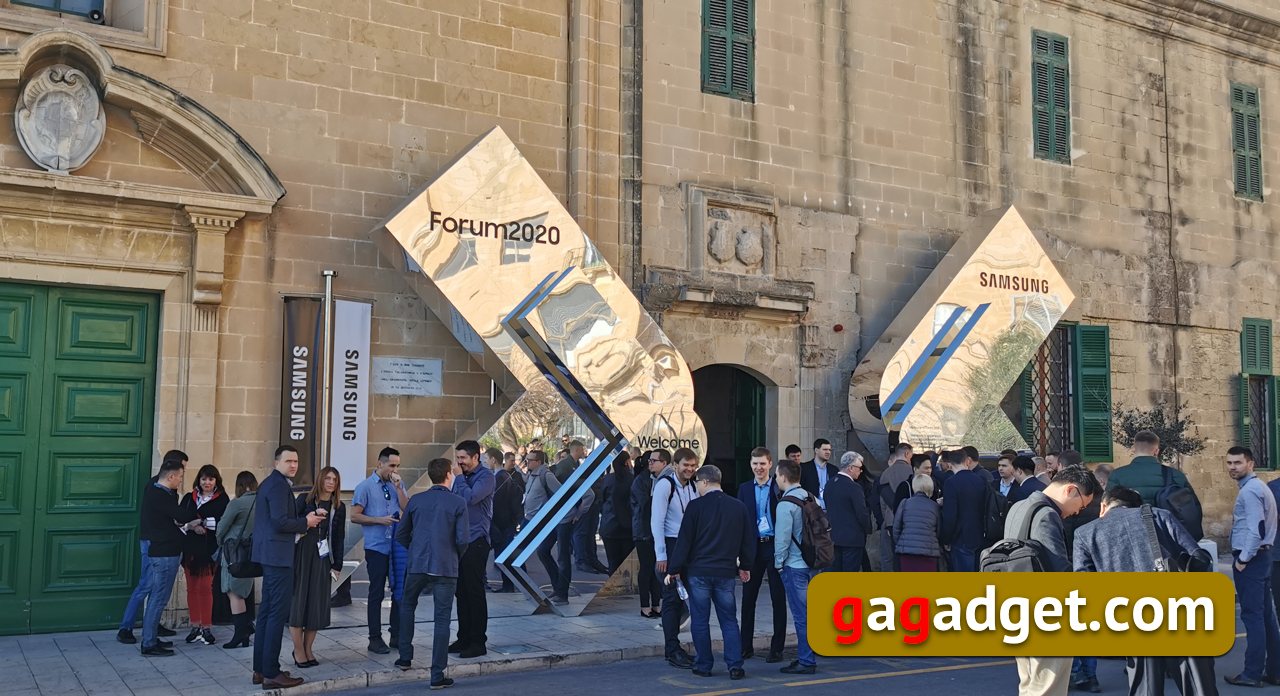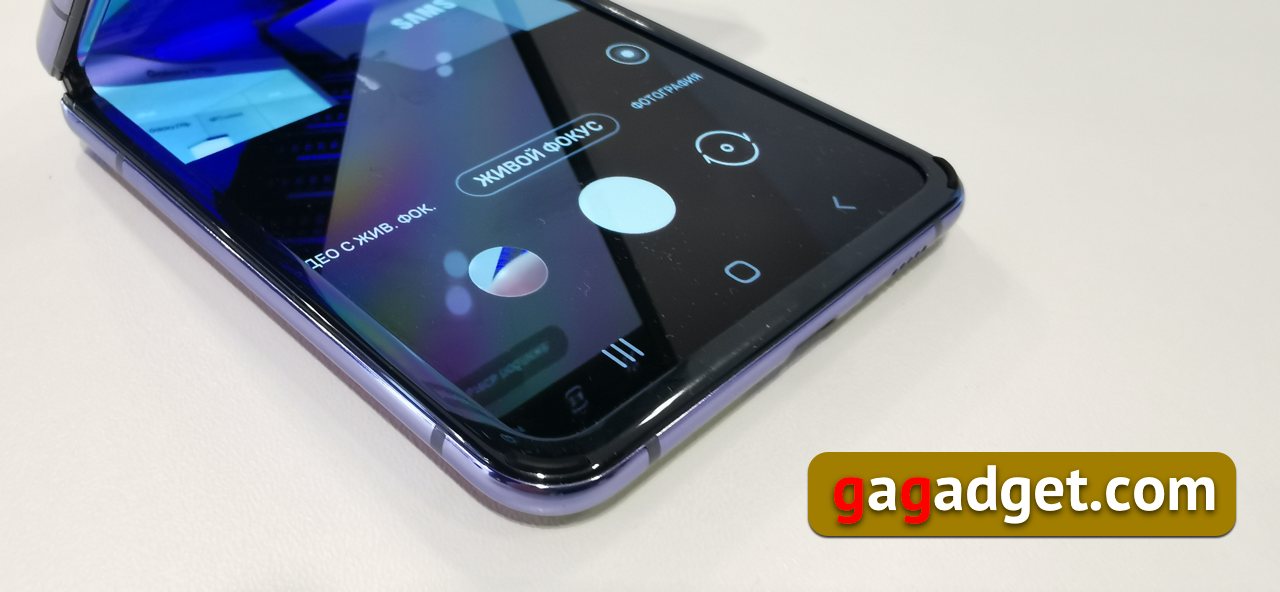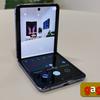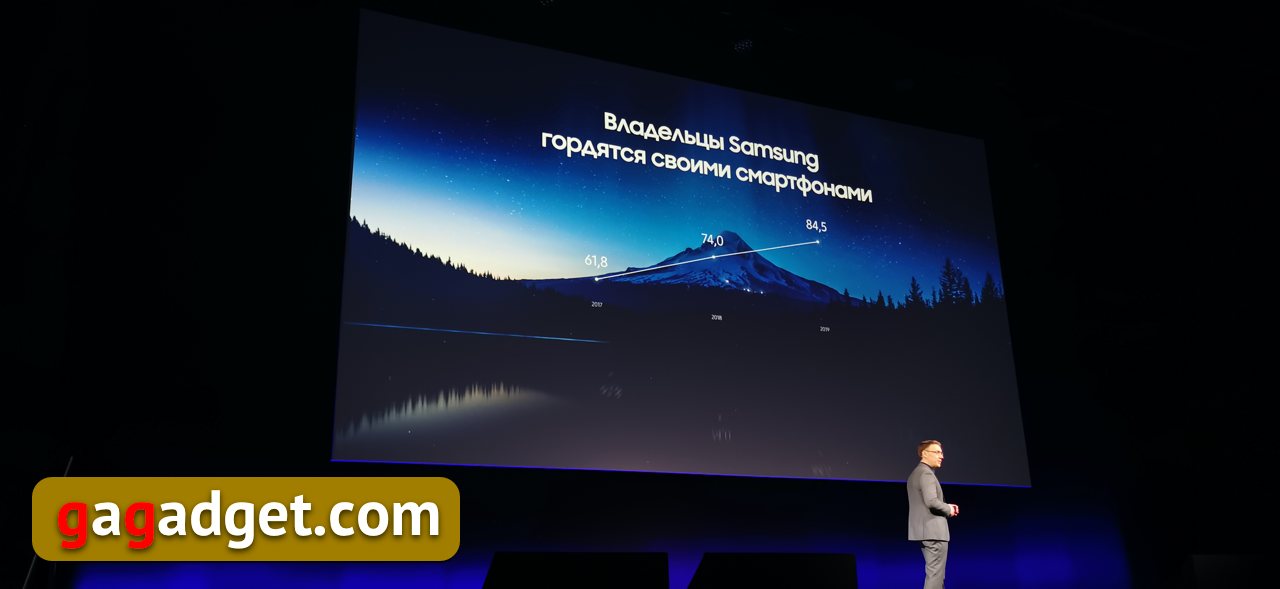
</ img>
At the beginning of every year, Samsung holds its own exhibition called Samsung CIS Forum, where
This year the Samsung forum was held in Malta -a small but distinctive island nation of Europe with a rich historical past, largely related to the times when the island was owned by the Order of the Knights of the Hospitallers. A place for the exhibition was found in one of the oldest buildings of the capital of Malta - Valletta. A very small fortified city, each street, each building of which is saturated with the history of the Middle Ages.

</ img>
In the 2020 strategy, Samsung sees 4 key areas and points of application:
- The development of QLED technology and the transition to MicroLED
- Movement from 4K TVs to 8K
- Galaxy S20 flagship smartphones and curved screen smartphones - Galaxy Fold and Galaxy Z Flip
- Development of Lifestyle TV - in addition to The Serif and The Frame, another Sero appeared, represented by one model with a diagonal of 43 inches.
If with QLED technology and the transition to MicroLEDeverything is more or less clear: we are waiting for even greater brightness (color reproduction has long ceased to be natural, but the brightness of the colors does not get any less exciting from this) and pixel-by-pixel color management. With the transition to 8K (as before with 4K and FullHD) there are traditional questions: is it too early? Samsung believes that it is not early, and there is a logical explanation for this. We have already seen similar issues with the advent of FullHD first, then 4K TVs (no one has questions about them today, is it?) Yes, there is no content in 8K from the word at all. There is no need to talk about broadcasts at all (although Samsung, being the official sponsor of the Olympics, is announcing the broadcast of Olympic competitions in 8K this year). There are no films in 8K either. Old, good and proven moves come to the rescue: Galaxy S20 series smartphones are shot in 8K, which already gives a chance to watch the captured video on such a TV. Do not forget about the technology of image scaling (upscaling) - you also need to spend somewhere the prohibitive performance of processors in televisions. By the way, the share of TVs with a diagonal of 65 inches and above (among them there are many 8K models) has already reached 10% last year (in money, though not in pieces, but still).
In any case, the answer to the question is what should bebefore: the chicken or the egg 8K content or 8K TV? very simple: of course, devices capable of playing 8K video should appear sooner. An old Sony advertisement also comes to mind, in which a simple message was used to promote FullHD video cameras a long time ago: you will not be able to watch a FullHD video of your small child 20 years later if you have not shot it in this resolution. As we see, Sony turned out to be right and those parents who filmed their young children in FullHD were unlikely to make a mistake. After all, today they can watch such videos on the screens of not only televisions, but also smartphones (which would have definitely sounded mocking 20 years ago).
The conversation about Samsung smartphones 2020 is worthyseparate material (and more than one, and they are already in work), it is only worth noting that the company’s Ukrainian office is quite pleased with the Galaxy Fold sales (they turned out to be even slightly higher than expected). By the way, we have a review of the Galaxy Fold. This device provides a truly new user experience (when folded, its size and usage scenarios are very reminiscent of the legendary Nokia communicators, only highly “pumped”), and when unfolded it looks more like a tablet. We have already previously met three representatives of the Galaxy S20 (and the editorsggalready working on reviews).But the new Galaxy Z Flip turned out to be very nice in person, despite its glossy and easily soiled surface. Men will probably suit the black version of the case, the rest are very “feminine”. And at a noticeably lower price than the Galaxy Fold, this model also provides an interesting user experience: this phone does not need a tripod, it can be placed on any flat surface. And the secondary display can be used for notifications and as a viewfinder when taking self-portraits. Having turned it in my hands, I personally am even more confident in the future of the Z Flip than the Galaxy Fold. If only because there are familiar display proportions - when opened, this is a “regular” smartphone, which can be folded in half. And the first sales results look completely optimistic.

</ img>

</ img>

</ img>

</ img>

</ img>

</ img>

</ img>

</ img>








By the way, separately on the forum they noted the steadygrowth (according to Samsung research, of course) in the share of Samsung smartphone owners who are proud of their device. This is a nod to Apple, which always boasts about the satisfaction of its customers. In 2019 there were already 84.5%. And, if we talk about smartphones, the trend is towards 5G (although this is not yet relevant for our country). Samsung, for example, says it has sold 5 million of its 5G smartphones. On the one hand, the penetration rate of any new technology on the market increases with each generation of mobile communications. On the other hand, 5G is an even more important technology for mobile operators than for end subscribers than 4G. Therefore, there is certainly a trend. But we won’t feel it yet in the next couple of years. But after 2022, we’ll talk about prospects.

</ img>
About why Samsung releases Lifestyle TV with usThere was a separate article, there is no point in repeating myself, but I would like to dwell on the new Sero TV model, sales of which began in South Korea back in the spring of last year. The idea of this TV is no more incredible than, for example, the appearance of Siemens Xelibri series phones. If I remember the numbers correctly, at the Samsung presentation it was said that 90% of smartphone users watch video. And 40% of this video is already vertical (whether we like it or not, it is so). That is, users already have the habit of filming and watching vertical videos (Instagram and TikTok stories have done their job). Therefore, it seems like a logical step to offer the audience the opportunity to watch vertical video on their TV. No, no one expects mass sales of this model (especially since it has only one diagonal - 43 inches, which is small by modern standards). It is clear that the Sero will not be the only TV in the house, but rather the third or fourth. The target audience here is those young party-goers who will be able to show off their video by showing it to their friends. And such a TV can be used in such an interesting business as organizing events and parties. For example, I have repeatedly seen Instagram booths at various presentations that allow you to print your photos from Instagram - to do this, you just need to send a photo to Instagram with a certain hashtag. It looks like real technomagic and invariably attracts the attention of others who take advantage of this opportunity with undisguised pleasure.
Sero in Korean means "vertical" or "new." This is what the official promo video for this TV looks like:
And so he looks live:

</ img>

</ img>

</ img>



Everything is very simple in work: touch the TV screen with the phone, after which (thanks, NFC) the TV connects to the smartphone. Then it’s enough to expand the orientation of the smartphone so that the TV itself repeats this after you. Have a look:
What new classes of devices await us in the near futuretime? Samsung is talking about the growing market for steam cabinets for clothes in South Korea. There they are popular (we already talked about these devices in a report from South Korea), so they will inevitably appear with us, over time.

</ img>
So far, Samsung plans to ship to the market.The CIS is only the youngest model of such a device (it is on the right), it is not cheap, and it will require a separate place in the bedroom, but in a few years we will get used to it and begin to think about shopping.

</ img>
Similarly, the market for air purifiers is growing in South Korea. And here the prices are much more affordable, and there are already a choice of models for rooms of different sizes.

</ img>
So such devices are already appearing in our homes, in the near future they will cease to be exotic at all - with the ecology in our cities it is just as bad as in Korean ones.

</ img>
Finally, I would like to add a few words aboutsmart home devices and their interaction with each other. At the forum, Samsung demonstrated them using the example of such a familiar device as the… fridge. No, of course, a refrigerator with a huge vertical touch screen the size of a small TV is not yet a familiar device for us, but it definitely has a future. Including such an interesting use case as connecting with other smart home appliances, for example, a doorbell. That is, you can see who is ringing the doorbell without leaving the kitchen, and even open the doors by pressing a button on the refrigerator screen. Provided, of course, that you have both a smart bell with a camera and a smart door lock at home, which allows you to unlock the front door of the house remotely.

</ img>

</ img>


And in the utility of cameras built into the internalpart of the refrigerator door, no one doubts even today. This is a real opportunity to check which products have run out without leaving for this supermarket. It is enough to launch the application on the smartphone and see all the necessary space through the IP-camera of the refrigerator. Samsung employees at the booth spoke about the intellectual capabilities of the refrigerator’s electronics in the near future, when it will analyze the products inside the camera (thanks, pattern recognition and computer vision - all this works fine in smartphone cameras today, it remains only to recognize specific products, but it takes a long time business will not). You can also make orders in the online store directly through the refrigerator menu. And he will advise on recipes based on the set of products that his camera sees. But this is all a matter of the coming years, not months. But services like zakaz.ua will undoubtedly receive new customers thanks to such functionality. Then they will add someday the delivery of food by drones and we will live, as it should be for the inhabitants of the 21st century.

</ img>

</ img>

